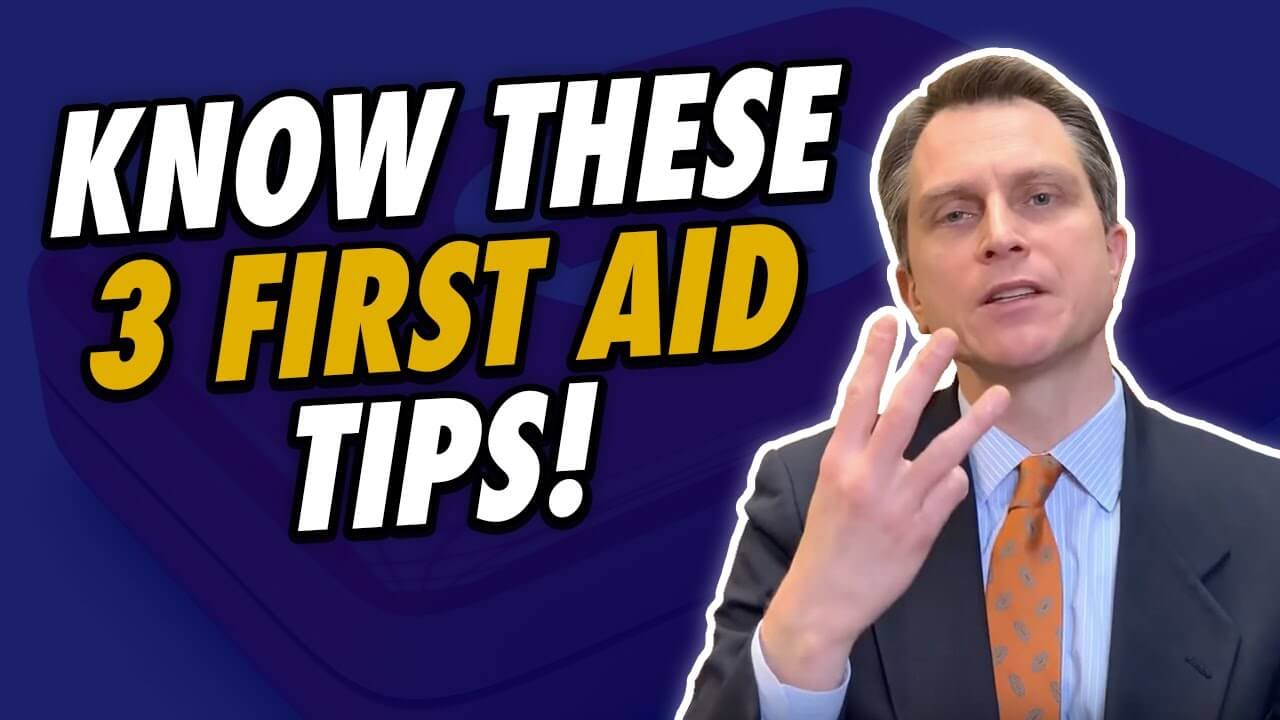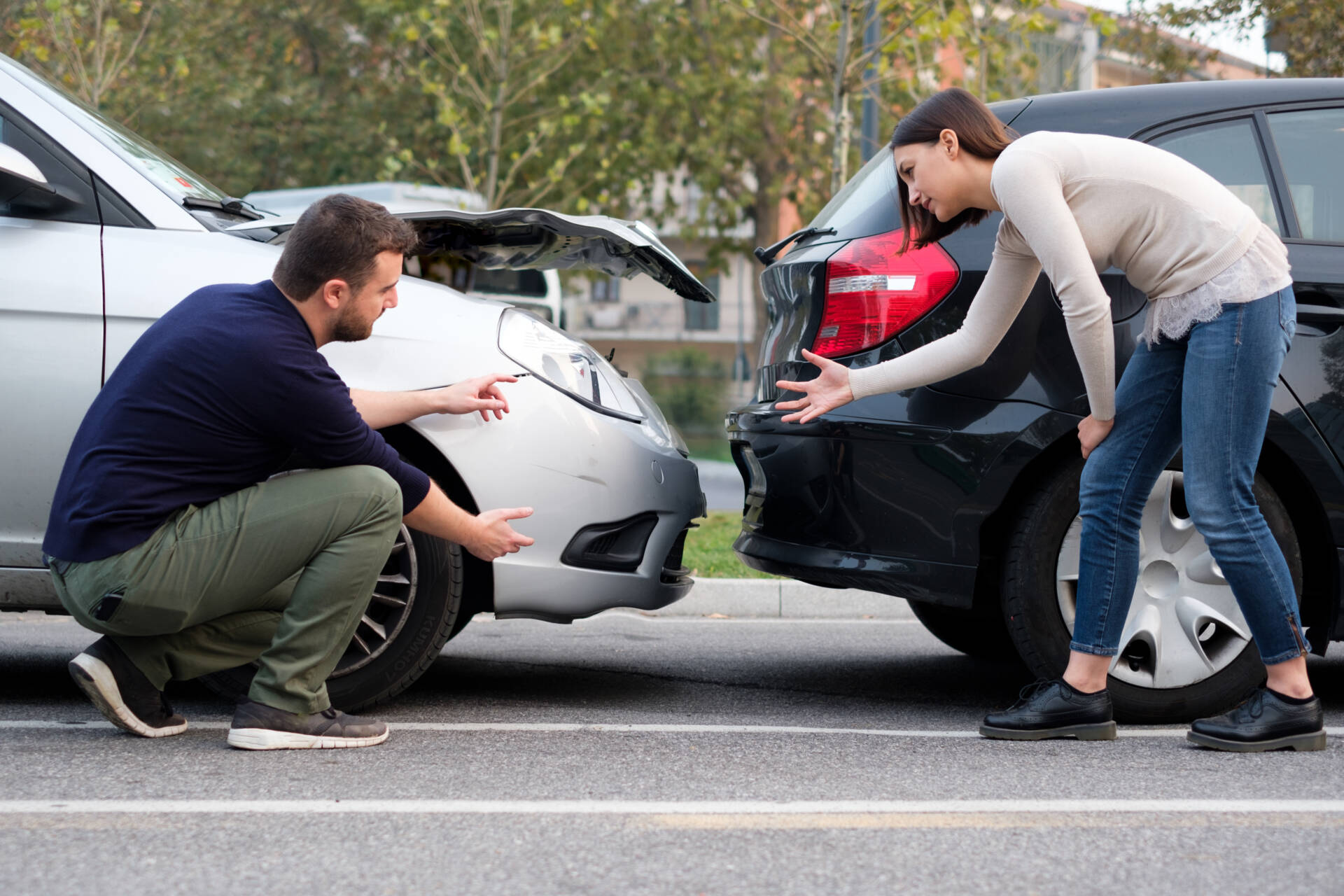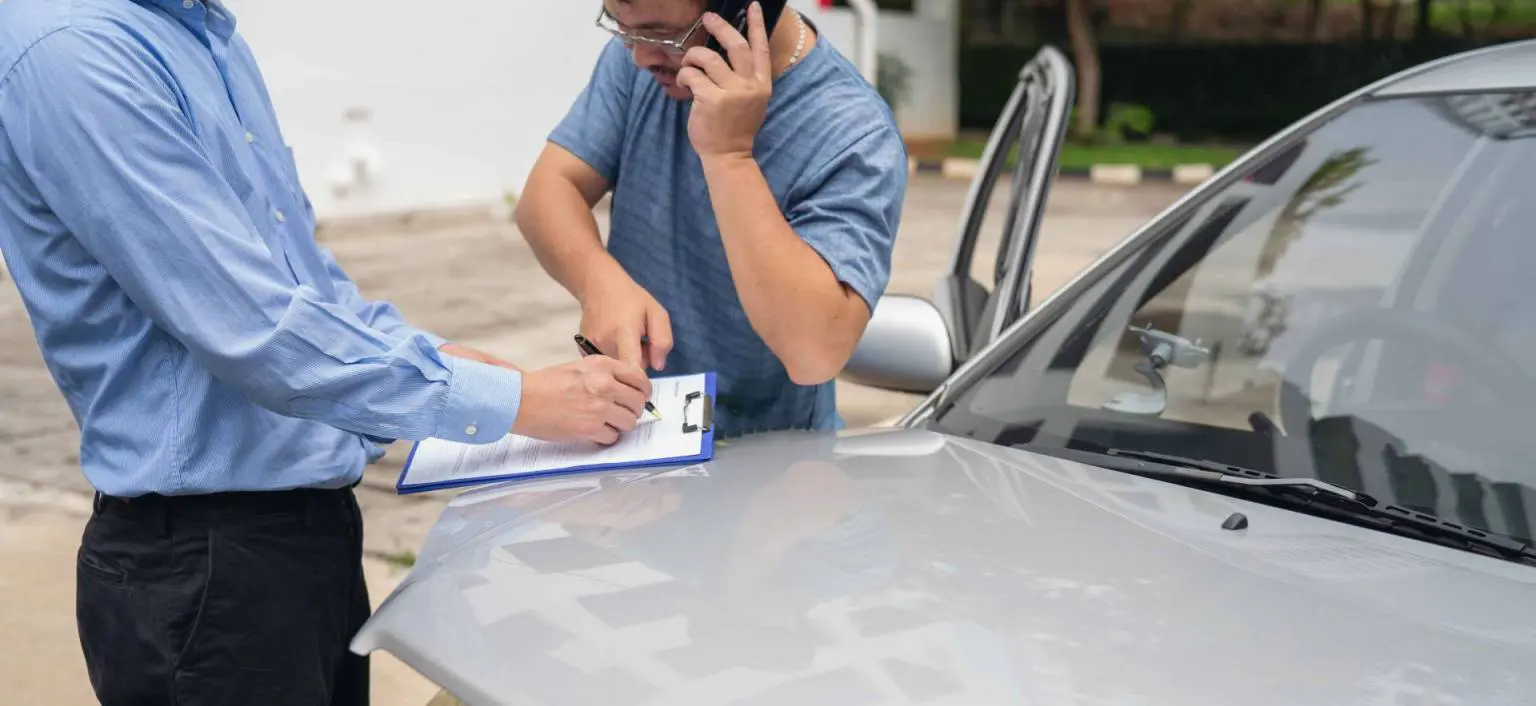
3 MUST-KNOW First Aid Steps For Head Injuries
Blog3 MUST-KNOW First Aid Steps For Head Injuries
Chris Brasure here. Let’s talk about three first aid steps for serious head injuries.
The reason I wanted to talk to you about this is a recent case that I was consulted about. It involved a young man who tragically died when he fell a few stories while he was working at a construction site. And one of the questions that I was left with was, what if the co-workers had known how to help their colleague until help arrived?
The Mayo Clinic, a well-respected hospital system and treatment center, has released some information in the last couple years. They have identified three steps that somebody who’s not a trained professional can take to help if they see somebody with a serious head injury.
1) Keep the person still
First, keep the person still. It’s important until medical help arrives to keep the injured person down and quiet, with their head and their shoulders slightly elevated. It’s important not to move the person unless absolutely necessary, and avoid moving the person’s neck. And if they’re wearing a helmet, then you should certainly not remove the helmet.
Stop any bleeding (unless there’s a skull fracture)
Now, the second step or the second important thing to know is to stop any bleeding. Now, it’s important to apply firm pressure to any bleeding wound with either sterile gauze, if you have any, or a clean rag. However, according to the Mayo Clinic, it’s very important that if you suspect a skull fracture, then you should not apply pressure where there is a skull fracture because that actually can do more damage.
Watch for changes in breathing and alertness
The third thing you should do is to watch for changes in breathing and alertness. If the person shows no signs of circulation, like no breathing, no coughing or any movement, then you or somebody that’s trained in CPR should really start CPR immediately until the first responders arrive.
First of all, call 911
Obviously, these steps should be taken after somebody calls 911, so that emergency professionals can get out to the scene as soon as possible.





